★
“Hell would, on the whole, be preferable.”
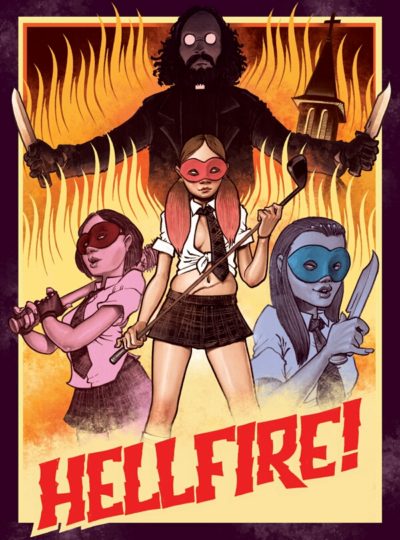 Ir’s not often that I feel my life has become a tiny bit worse for having seen a film, but Hellfire may just about qualify. It’s such a mean-spirited and unpleasant experience, weighed down further by technical ineptitude and actresses who can’t act. Any potential in the somewhat interesting idea – which makes for a good synopsis, at least – is entirely wasted. Someone is killing young women, apparently in an attempt to protect Father McKenzie, a priest under investigation for alleged sexual abuses of pupils at a Catholic school. Chucky (Mercedes) rounds up two of the girls from her class, tattooist Athena (Peach) and stripper Lilly (Divine). After surviving some attacks from a man in glasses (Hoffman), and a betrayal from a former teacher, they decide to go on the offense and track down the pedopriest.
Ir’s not often that I feel my life has become a tiny bit worse for having seen a film, but Hellfire may just about qualify. It’s such a mean-spirited and unpleasant experience, weighed down further by technical ineptitude and actresses who can’t act. Any potential in the somewhat interesting idea – which makes for a good synopsis, at least – is entirely wasted. Someone is killing young women, apparently in an attempt to protect Father McKenzie, a priest under investigation for alleged sexual abuses of pupils at a Catholic school. Chucky (Mercedes) rounds up two of the girls from her class, tattooist Athena (Peach) and stripper Lilly (Divine). After surviving some attacks from a man in glasses (Hoffman), and a betrayal from a former teacher, they decide to go on the offense and track down the pedopriest.
The first fifteen minutes kinda live up to that, albeit in an obviously cheap way – and Lilly is the worst stripper ever, failing to remove even a single item of clothing. I think the point at which this jumped the shark was the extended scene of the trio smoking weed and dropping acid. Watching other people take drugs is among the worst cinematic sins. Would anyone pay to watch me sink a six-pack of beer? Exactly. It is, admittedly, a drug trip necessary to the plot, since it allows the women to recall their abuse at the hands (literally) of McKenzie. But, especially in a film which runs barely 70 minutes including credits, it’s a waste of time. Things only go downhill from there, with the movie basically killing time as they develop their Catholic schoolgirl vigilante personas. Which isn’t anything like as interesting as it should be, attention being diverted by faux pas like the claim the previous victim’s deaths were made to look like natural causes. Oh, so the woman we see in the opening scene, getting hung from a rope in her shower, tripped on the soap or something?
Then there’s the final attack on their former school, where they face the man in glasses, in what may be the worst fight scene in cinematic history, despite the director’s efforts to jazz things up by throwing bad digital FX and screechy sound on top of it. The three then take their revenge on Father McKenzie, and I guess I have to thank the film for introducing me to a genuinely new experience: feeling sorry for a pedophile. Because the former victims’ behaviour is so vile, and carried out with such an abundance of glee, as to make me lose all sympathy for them. It doesn’t help that, of the lead actresses, only Peach knows how to deliver a line with anything inhabiting the same continental landmass as authenticity. The brief running time turns out to be a merciful release, as I don’t think I could have stood a full 90 minutes of this. Let us never speak of it again.
Dir: Moses
Star: Mercedes the Muse, Knotty Peach, Irie Divine, Shawn Hoffman





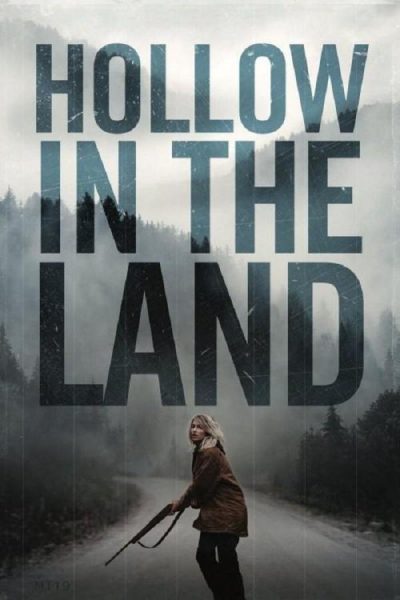 This feels like a Canadian version of
This feels like a Canadian version of 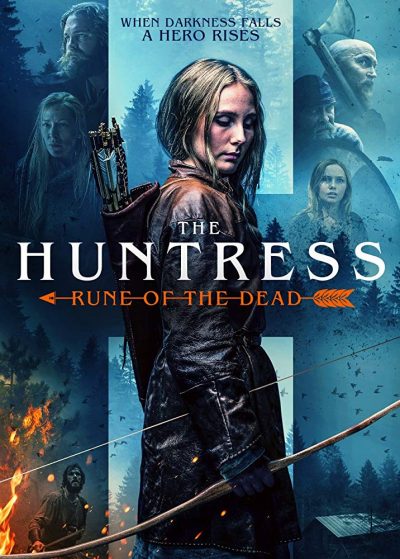 In 9th-century Scandinavia, teenage girl Runa (Stefansdotter) lives deep in the woods, with her mother, Magnhild (Idah), blind grandfather Ragnvald (Beck) and younger sister Bothild (Lyngbrant). Father Joar is notable by his absence, having gone off on a Viking raid to seek fortune for the family, and is now well overdue. However, he did at least train Runa to be a markswoman with the bow. Problems start when she finds a wounded warrior, Torulf, lying in the forest, and brings him back to their cabin, much against Magnhild’s wishes.
In 9th-century Scandinavia, teenage girl Runa (Stefansdotter) lives deep in the woods, with her mother, Magnhild (Idah), blind grandfather Ragnvald (Beck) and younger sister Bothild (Lyngbrant). Father Joar is notable by his absence, having gone off on a Viking raid to seek fortune for the family, and is now well overdue. However, he did at least train Runa to be a markswoman with the bow. Problems start when she finds a wounded warrior, Torulf, lying in the forest, and brings him back to their cabin, much against Magnhild’s wishes.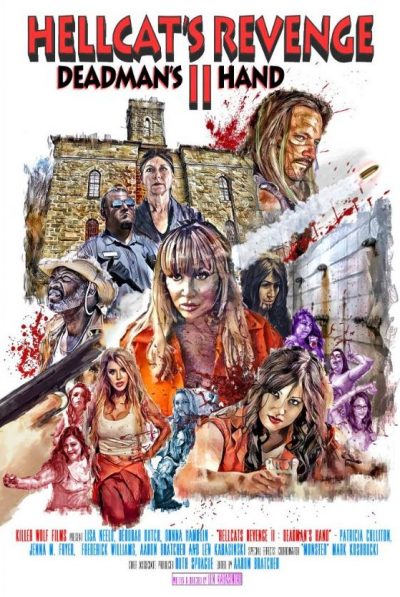 We reviewed
We reviewed 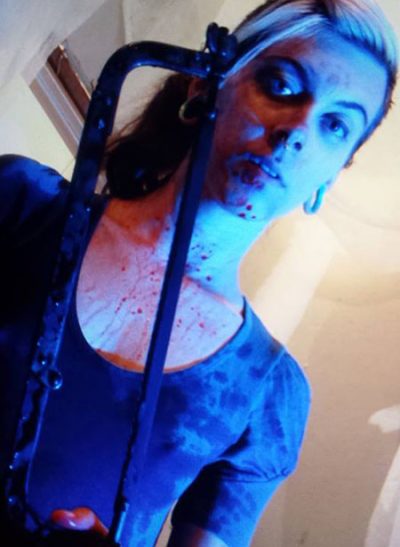 There are times when I feel I need a ★¾ rating. Two stars here would suggest a degree of genuine competence, which this undeniably lacks. But on the other hand, ★½ suggests something which is largely unmemorable, and that isn’t the case either. You won’t forget this. In particular, you won’t forget the scene where the heroine yanks some (suspiciously sausagey) intestines out of a victim, rubs them over her face and then – there’s no other way to describe this – masturbates the intestines. That’s three words I never thought I would write in a row. On that basis (and that basis alone), I’ll err on the side of generous.
There are times when I feel I need a ★¾ rating. Two stars here would suggest a degree of genuine competence, which this undeniably lacks. But on the other hand, ★½ suggests something which is largely unmemorable, and that isn’t the case either. You won’t forget this. In particular, you won’t forget the scene where the heroine yanks some (suspiciously sausagey) intestines out of a victim, rubs them over her face and then – there’s no other way to describe this – masturbates the intestines. That’s three words I never thought I would write in a row. On that basis (and that basis alone), I’ll err on the side of generous.
 This was a genuine and pleasant surprise. The original release was pushed back due to some severe controversy: not many films get Tweeted about by the President of the United States, who stated this was “made in order to inflame and cause chaos.” Needless to say, the studio ended up riding that publicity when the movie eventually came out. The current pandemic ended up trumping that (pun intended), so the film hit the home markets, just a week after its theatrical release. To my surprise, it’s considerably more nuanced than the “Red State vs. Blue State” concept I expected. And Gilpin has clearly put her GLOW training to good use, becoming quite the thirty-something bad-ass here.
This was a genuine and pleasant surprise. The original release was pushed back due to some severe controversy: not many films get Tweeted about by the President of the United States, who stated this was “made in order to inflame and cause chaos.” Needless to say, the studio ended up riding that publicity when the movie eventually came out. The current pandemic ended up trumping that (pun intended), so the film hit the home markets, just a week after its theatrical release. To my surprise, it’s considerably more nuanced than the “Red State vs. Blue State” concept I expected. And Gilpin has clearly put her GLOW training to good use, becoming quite the thirty-something bad-ass here. This may be a first, in that the heroine here is non-human – contrary to what you (and, indeed, I!) might expect from the cover. I think I may have covered various crypto-humans before, such as vampires or elves. But this is likely the first entirely alien species. I began to suspect on page 1, when I read that Sah Lee “sank her pin-sharp teeth through the thick fur of the calf’s throat, and tasted the sweet metallic tang of its young blood.” This is clearly not your average twelve-year-old. And so it proves. The story really kicks under way two years later, when Sah Lee leaves her rural village on the planet of Aarn to attend school in the city of Aa Ellet.
This may be a first, in that the heroine here is non-human – contrary to what you (and, indeed, I!) might expect from the cover. I think I may have covered various crypto-humans before, such as vampires or elves. But this is likely the first entirely alien species. I began to suspect on page 1, when I read that Sah Lee “sank her pin-sharp teeth through the thick fur of the calf’s throat, and tasted the sweet metallic tang of its young blood.” This is clearly not your average twelve-year-old. And so it proves. The story really kicks under way two years later, when Sah Lee leaves her rural village on the planet of Aarn to attend school in the city of Aa Ellet. Architect Beth Davis (Bell) is just about to leave Chicago for a business meeting in Miami, when she hears there has been an explosion at the high-rise apartment building downtown, where she lives with husband Jack (Davis) and son Charlie (Arnold). Rushing back home, she finds the situation increasingly perilous, and the fire department unwilling to enter the unstable structure. Having been the person who designed the building, Beth is able to sneak in, with the aid of a sympathetic fireman, Ray Steele (Holmes, looking like a low-rent Tony Todd) on the outside, and begin the perilous climb to the 55th floor where Jack and Charlie are trapped in the bathroom.
Architect Beth Davis (Bell) is just about to leave Chicago for a business meeting in Miami, when she hears there has been an explosion at the high-rise apartment building downtown, where she lives with husband Jack (Davis) and son Charlie (Arnold). Rushing back home, she finds the situation increasingly perilous, and the fire department unwilling to enter the unstable structure. Having been the person who designed the building, Beth is able to sneak in, with the aid of a sympathetic fireman, Ray Steele (Holmes, looking like a low-rent Tony Todd) on the outside, and begin the perilous climb to the 55th floor where Jack and Charlie are trapped in the bathroom.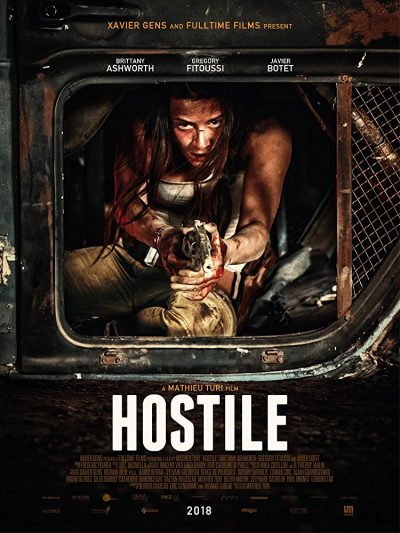 After an un-specified global apocalypse, humanity is reduced to small bands of scattered survivors, who have to try and scratch out survival, while avoiding the attacks of “reapers”, mutated creatures which stalk the landscape, especially after dark. One of those survivors is Juliette (Ashworth), who is on a foraging mission in the desert when an accident throws her off the road, and leaves her with a badly-broken leg. She has to wait for help to arrive, fending off the reaper (Botet) which is prowling the area, with whatever she can find to hand. As she does so, she thinks about life before the apocalypse, where she escaped drug addiction with the help of her boyfriend, gallery owner Jack (Fitoussi) – only for happiness to be fleeting, and taken away from her when multiple tragedies strike.
After an un-specified global apocalypse, humanity is reduced to small bands of scattered survivors, who have to try and scratch out survival, while avoiding the attacks of “reapers”, mutated creatures which stalk the landscape, especially after dark. One of those survivors is Juliette (Ashworth), who is on a foraging mission in the desert when an accident throws her off the road, and leaves her with a badly-broken leg. She has to wait for help to arrive, fending off the reaper (Botet) which is prowling the area, with whatever she can find to hand. As she does so, she thinks about life before the apocalypse, where she escaped drug addiction with the help of her boyfriend, gallery owner Jack (Fitoussi) – only for happiness to be fleeting, and taken away from her when multiple tragedies strike.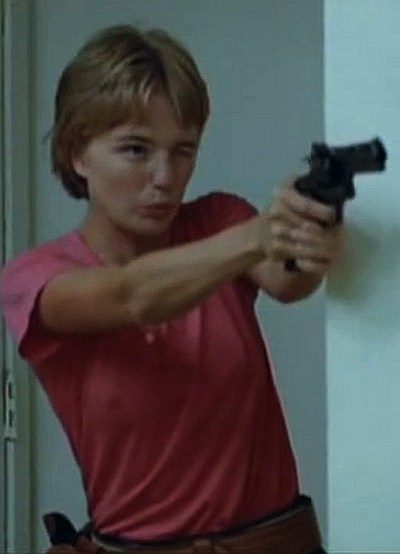 Either by intent or accidentally – and we’ll get to that in a moment – this manages to be both an indictment of and an advert for, American gun culture. That’s quite a spectacular achievement, and it’s perhaps no coincidence that the writer/director is British, so brings an outsider’s balanced eye to a topic that’s often acrimonious in the States. Kathleen Sullivan (Young) is a teacher who has just moved from Boston to a small Texas town. She falls for local attorney Larry Keeler (Day), though is only interested in friendship, not a significant relationship. The initially-charming Larry eventually won’t take no for an answer, and date-rapes Kathleen. However, the circumstances and her attacker’s local reputation mean she gets no satisfaction from the police. The meek and mild Kathleen decides to take matters into her own hands, buying a gun and taking up combat shooting – at the very same club Larry frequents – with the aim of meting out her own brand of justice.
Either by intent or accidentally – and we’ll get to that in a moment – this manages to be both an indictment of and an advert for, American gun culture. That’s quite a spectacular achievement, and it’s perhaps no coincidence that the writer/director is British, so brings an outsider’s balanced eye to a topic that’s often acrimonious in the States. Kathleen Sullivan (Young) is a teacher who has just moved from Boston to a small Texas town. She falls for local attorney Larry Keeler (Day), though is only interested in friendship, not a significant relationship. The initially-charming Larry eventually won’t take no for an answer, and date-rapes Kathleen. However, the circumstances and her attacker’s local reputation mean she gets no satisfaction from the police. The meek and mild Kathleen decides to take matters into her own hands, buying a gun and taking up combat shooting – at the very same club Larry frequents – with the aim of meting out her own brand of justice.